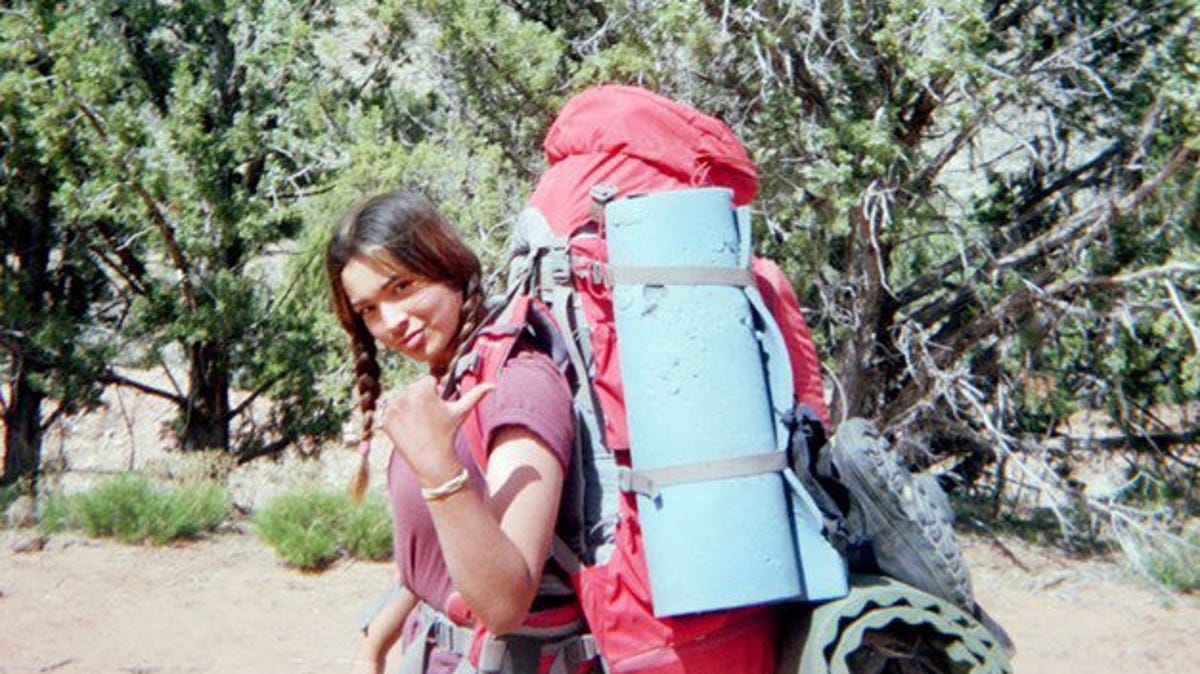Wilderness therapy is a controversial form of treatment that claims to help troubled youth by sending them into the wilderness to live in a remote setting with minimal contact with the outside world. The goal is to teach them life skills, build resilience, and address underlying issues that may be contributing to their problems.
However, there have been numerous reports of abuse and neglect at wilderness therapy programs. Some of these stories are truly horrifying, and they raise serious questions about the safety and efficacy of this type of treatment.
Here are a few examples of wilderness therapy horror stories:
- A 15-year-old girl was forced to march through the desert for days without food or water. She eventually collapsed from dehydration and was hospitalized.
- A 16-year-old boy was forced to sleep in a bear cage for several nights as punishment.
- A 17-year-old girl was sexually assaulted by a counselor at her program.
- A 19-year-old boy was left behind by his group during a hike and had to spend the night alone in the wilderness. He was found the next morning, but he was severely hypothermic and had to be hospitalized.
These are just a few of the many horror stories that have been reported about wilderness therapy programs. It is important to note that not all wilderness therapy programs are abusive, but there is a significant problem with abuse and neglect in this industry.
Why are wilderness therapy horror stories so common?
There are a few reasons why wilderness therapy horror stories are so common. First, wilderness therapy programs are often located in remote areas, which makes it difficult for parents and outside observers to monitor what is happening. Second, wilderness therapy programs often have a culture of secrecy, which makes it difficult for victims to come forward. Third, wilderness therapy programs often use manipulative and coercive techniques, which can make it difficult for participants to escape or seek help.

What can be done to prevent wilderness therapy horror stories?
There are a number of things that can be done to prevent wilderness therapy horror stories. First, parents should be aware of the risks associated with wilderness therapy and should do their research before sending their child to a program. Second, the government should regulate wilderness therapy programs more closely and investigate reports of abuse and neglect. Third, wilderness therapy programs should be required to have clear and transparent policies and procedures in place to protect participants.
The impact of wilderness therapy horror stories
Wilderness therapy horror stories can have a devastating impact on the victims. Many survivors experience post-traumatic stress disorder (PTSD), anxiety, and depression. Some survivors also report that they have difficulty trusting others and forming relationships.
In addition to the personal impact, wilderness therapy horror stories also have a negative impact on the public perception of wilderness therapy. Many people are now hesitant to send their children to wilderness therapy programs, even if they believe that the programs could be helpful.

Conclusion
Wilderness therapy horror stories are a reminder of the dangers of this type of treatment. It is important for parents and policymakers to be aware of the risks associated with wilderness therapy and to take steps to protect participants.
Here are some additional things to consider:
- Wilderness therapy programs are often expensive, and many families cannot afford to send their children to these programs.
- Wilderness therapy programs can be disruptive to a child’s education and social life.
- There is no scientific evidence to support the claim that wilderness therapy is effective in treating mental health problems.
If you are considering wilderness therapy for your child, it is important to weigh the risks and benefits carefully. You should also do your research to find a reputable program with a good track record.
If you have any concerns about wilderness therapy, please talk to your child’s doctor or another trusted professional.